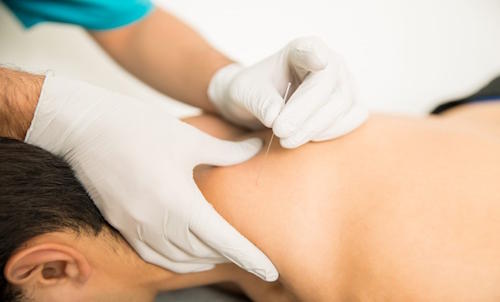Health & Wellness is important for Everyone
What is in Musculoskeletal Physiotherapy?
Musculoskeletal physiotherapy focuses on the treatment and rehabilitation of conditions affecting the muscles, bones, joints, and connective tissues. It uses a variety of techniques—including manual therapy, exercise, pain management, and posture correction—to help people recover from injuries, improve function, and manage chronic conditions.
Key Areas Treated in Musculoskeletal Physiotherapy:
- Soft Tissue Injuries:
- Strains (muscle or tendon injury)
- Sprains (ligament injury)
- Tendinitis or Tendinopathy (inflammation or degeneration of tendons)
- Bursitis (inflammation of a bursa, a fluid-filled sac near joints)
- Joint Pain and Dysfunction:
- Osteoarthritis (degeneration of cartilage in joints)
- Rheumatoid arthritis (autoimmune disease affecting joints)
- Frozen shoulder (adhesive capsulitis, stiffness and pain in the shoulder)
- Hip, knee, or ankle joint pain
- Spinal Conditions:
- Lower back pain (acute or chronic)
- Cervical spondylosis (degeneration of the neck vertebrae)
- Sciatica (pain radiating down the leg from the lower back)
- Herniated discs (bulging or ruptured discs causing nerve impingement)
- Post-Surgical Rehabilitation:
- Recovery after joint replacement (e.g., hip or knee replacement)
- Rehabilitation following spinal surgery, fractures, or other musculoskeletal surgeries
- Sports Injuries:
- Sprains, strains, and tendinopathies common in athletes
- Shin splints, ACL injuries, rotator cuff injuries, and more
- Overuse injuries from repetitive motion or stress
- Chronic Pain Conditions:
- Conditions like fibromyalgia or myofascial pain syndrome, where patients experience widespread pain and discomfort in the muscles, joints, and connective tissues.
Moti-Physio
Moti Physio 3D Postural Analysis is an advanced AI-powered tool that uses cutting-edge 3D imaging technology to provide a detailed and accurate assessment of various postural conditions, including forward head posture, pelvic obliquity, and lumbar lordosis. In just 30 seconds, it offers a comprehensive view of the muscles and skeleton, helping to identify the root causes of pain from a postural perspective.

Fascia Concept
The Anatomy Trains concept, developed by Thomas Myers, explores the interconnectedness of the body’s musculoskeletal system through fascia, which creates continuous chains connecting muscles, bones, and joints.
Instead of viewing the body as separate parts, this model highlights the role of myofascial chains in movement and posture. By understanding these global connections, therapists shift from isolated treatments to a more holistic, integrated approach, addressing the root causes of pain and dysfunction, improving movement patterns, and enhancing overall posture and Performance


TECAR Therapy
TECAR therapy is an advanced, non-invasive treatment that uses radiofrequency energy to stimulate the body’s tissues for faster healing, reduced pain, and improved circulation. It is particularly effective for treating sports injuries, chronic pain, muscle spasms, and post-surgical rehabilitation. The therapy helps to accelerate recovery by promoting better tissue metabolism, reducing inflammation, and enhancing blood flow.

Dry Needling
Dry needling is a highly effective and targeted treatment for musculoskeletal pain, muscle tension, and trigger points. It involves inserting fine needles into specific areas of muscle tissue to promote relaxation, reduce pain, and improve healing. This technique is widely used for conditions such as neck pain, low back pain, headaches, and muscle strains, offering patients an alternative to medication or invasive procedures. When performed by trained professionals, dry needling can provide significant benefits in terms of pain relief, increased mobility, and faster recovery.

